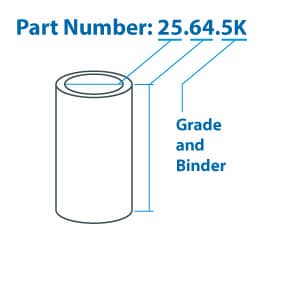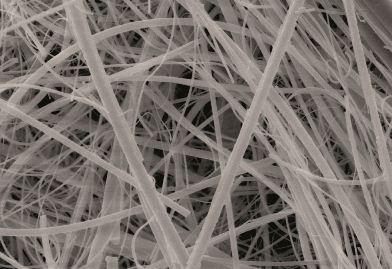Understanding Element Dimensions in Relation to our Part Number
Element dimensions – Disposable microfibre types Understanding part numbers is never an easy task. So we thought we would break ours down and explain what the significance is of each number; thus making it easier for our customers to know what they require, when ordering disposable filter elements How the part number is arranged Filter…


